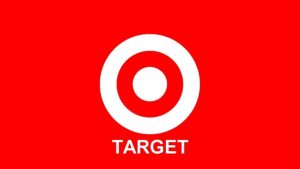 Target Corp. (NYSE:TGT) has announced plans to invest $7 billion in upgrades to the business over the next three years. Target expects fiscal 2017 and 2018 to be investment years as a result of these initiatives, with the company returning to stability and growth in 2019. Brian Cornell, CEO of Target said, “We’re investing to win share not surrender it.”
Target Corp. (NYSE:TGT) has announced plans to invest $7 billion in upgrades to the business over the next three years. Target expects fiscal 2017 and 2018 to be investment years as a result of these initiatives, with the company returning to stability and growth in 2019. Brian Cornell, CEO of Target said, “We’re investing to win share not surrender it.”
Target outlined its new growth strategy after reporting sales and earnings for the fiscal fourth quarter that disappointed investors. The company’s outlook for fiscal year 2017 also came well short of analysts’ expectations. The $7 billion investment will be spread over improving its digital properties, upgrading its stores, and revamping its pricing strategy.
The company plans to upgrade more than 100 of its big-box stores and nearly double the number of small-format shops it has in college towns and urban areas. Target will improve their appearance and visual merchandising. The remodeling plans were influenced by the results of its tests in L.A. The retailer expects to have refurbished about 600 of its stores by 2019.
Roughly $400 million will be spent on lowering prices across the store to help Target compete with other retailers on everyday low prices. The retailer has struggled for years to find the right balance between value and style. Wal-Mart, long known as the pioneer of everyday low prices, has been gaining market share recently by slashing prices. Wal-Mart’s massive scale and relationships with vendors have made it hard for other retailers to compete.
Target also plans to new brands to its portfolio. The retailer is also looking to capitalize on the popularity of its Cat & Jack children’s brand by rolling out even more exclusive lines. The chain plans to launch more than 12 new brands over the next two years. The company hopes that the new offerings will turn around a sales slump that continued into the fourth quarter.
Target recently made changes to its grocery division, including stocking more local products, improving its produce offerings and pushing adult beverages. Food accounts for roughly 20 percent of Target’s sales, but the company has no intentions of becoming a full-service grocer.
The new investments will take $1 billion out of the company’s operating margin annually. For fiscal year 2017, roughly $500 million of Target’s operating profit investment is allocated to improving the growth of its business.
